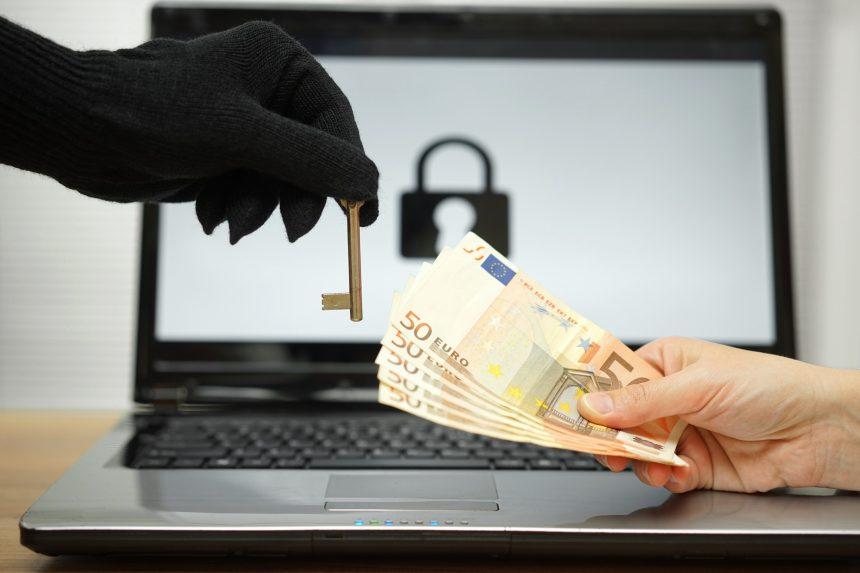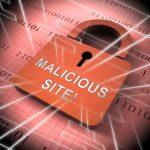In the ever-evolving landscape of cybersecurity threats, ransomware remains a persistent menace, wreaking havoc on individuals and organizations alike. Among the latest additions to this nefarious family of malware is Unkno ransomware, a formidable adversary that encrypts files and holds them hostage until a ransom is paid. In this article, we’ll delve into the workings of Unkno ransomware, its potential consequences, detection methods, and most importantly, how to protect yourself against it.
Understanding Unkno Ransomware
Unkno ransomware operates on a familiar modus operandi: it infiltrates systems, encrypts files, and demands payment for their release. Once executed on a system, Unkno swiftly encrypts files and appends a “.unkno” extension to their filenames, rendering them inaccessible to the user. Accompanying this malicious encryption is a ransom note, aptly named “RESTORE_YOUR_FILES.txt”, which serves as the cybercriminals’ demand for payment in exchange for the decryption key.
Victims of Unkno ransomware are left with a daunting ultimatum: pay the ransom or risk permanent loss of their valuable data. However, succumbing to the demands of cybercriminals is not only financially risky but also morally dubious, as there is no guarantee that paying the ransom will result in the recovery of encrypted files.
Detection and Similar Threats
Unkno ransomware, like many of its counterparts, evades detection through various means. Antivirus programs may flag Unkno under different names, such as Avast’s “Win32:RansomX-gen [Ransom]” or ESET-NOD32’s “A Variant Of Win32/Filecoder.Babyk.A”. This underscores the importance of robust cybersecurity measures and regular updates to antivirus software to mitigate the risk of infection.
Similar threats to Unkno ransomware include Synapse, Uazq, Uajs, and Kaaa, each employing similar tactics to extort victims for financial gain. While the specifics may vary, the overarching goal remains consistent: encrypt files and demand payment for their release.
Removal Guide
If you suspect that your system has been infected with Unkno ransomware, swift action is crucial to mitigate further damage. Follow these steps to remove Unkno ransomware from your system:
- Isolate the infected device: Disconnect the infected device from any network connections to prevent the spread of malware to other devices.
- Enter Safe Mode: Restart your computer and enter Safe Mode to limit the ransomware’s ability to execute.
- Identify malicious processes: Use Task Manager or similar utilities to identify and terminate any suspicious processes associated with Unkno ransomware.
- Delete related files: Locate and delete any files or folders associated with Unkno ransomware, including the ransom note and encrypted files.
- Restore from backup: If available, restore your files from a recent backup to regain access to your data.
- Update security software: Ensure that your antivirus software is up to date and perform a full system scan to detect and remove any remaining traces of malware.
- Monitor for unusual activity: Keep a close eye on your system for any unusual activity that may indicate a lingering infection.
Preventive Measures
Prevention is often the best defense against ransomware attacks. Here are some best practices to minimize the risk of infection:
- Stay vigilant: Exercise caution when opening email attachments or clicking on links, especially if they appear suspicious or are from unknown senders.
- Keep software updated: Regularly update your operating system and software applications to patch known vulnerabilities that could be exploited by ransomware.
- Backup regularly: Maintain regular backups of your important files on external storage devices or cloud services to ensure that you can recover data in the event of a ransomware attack.
- Educate yourself: Stay informed about the latest cybersecurity threats and techniques used by cybercriminals to better protect yourself and your organization.
By implementing these preventive measures and remaining vigilant against emerging threats like Unkno ransomware, individuals and organizations can bolster their defenses and minimize the risk of falling victim to ransomware attacks.
In conclusion, Unkno ransomware represents a significant cybersecurity threat with potentially devastating consequences for its victims. However, by understanding its modus operandi, employing robust security measures, and remaining vigilant against emerging threats, individuals and organizations can mitigate the risk of infection and protect their valuable data from falling into the hands of cybercriminals.





